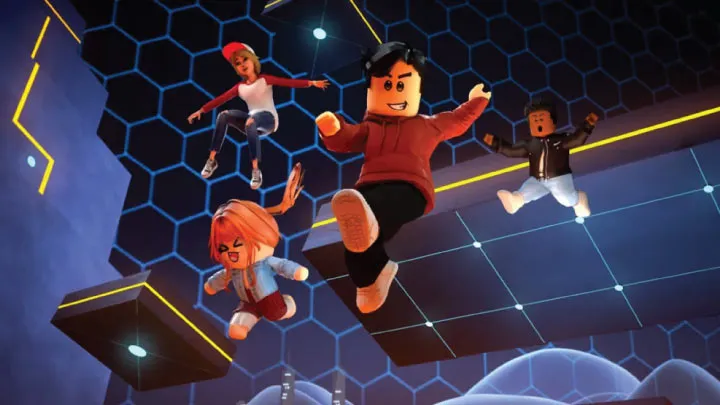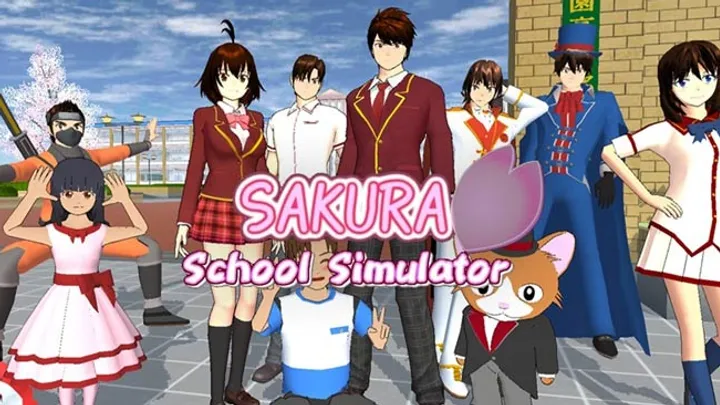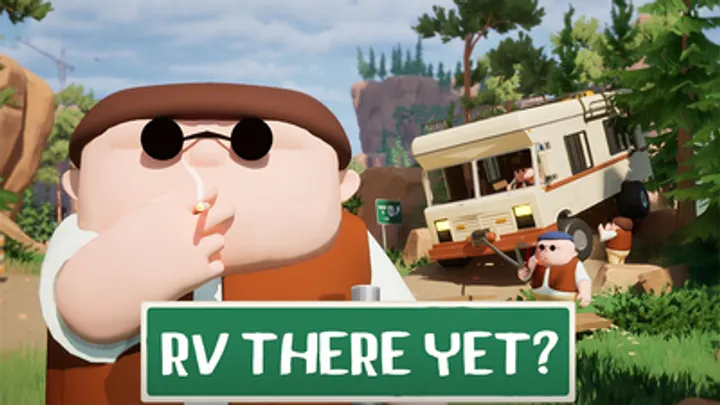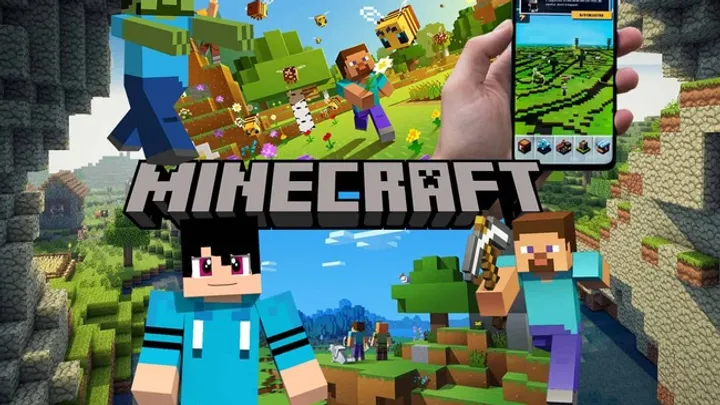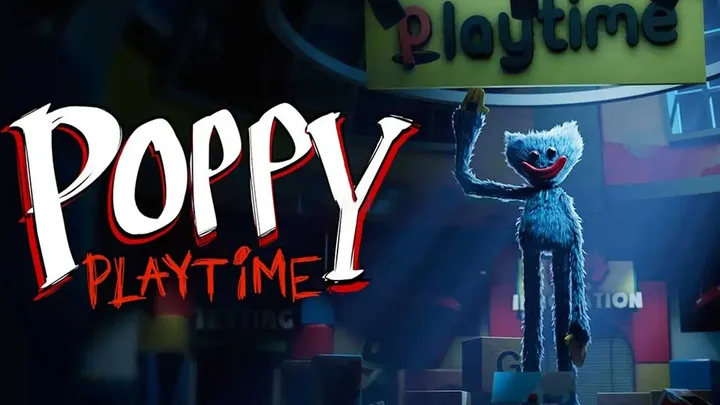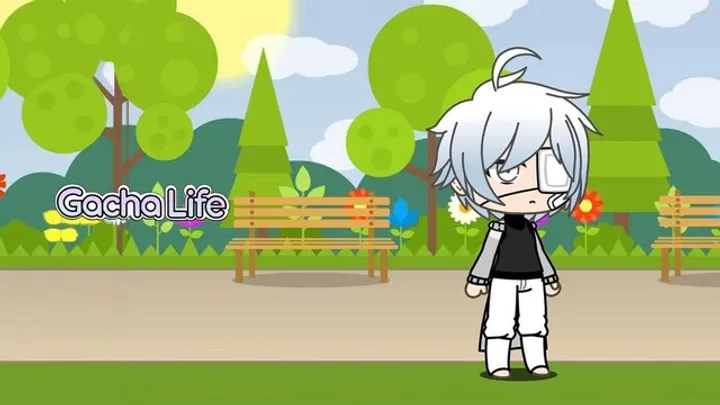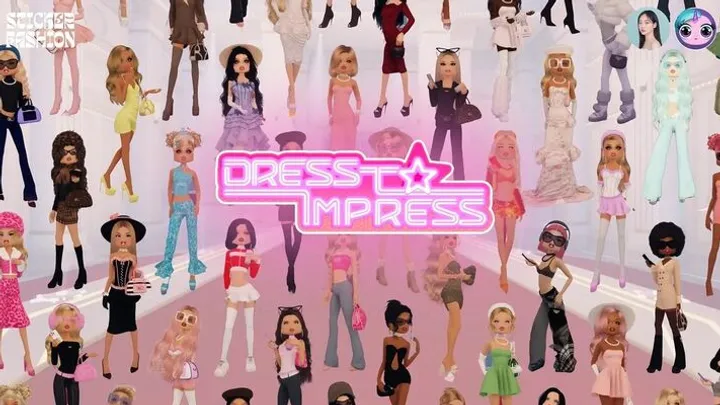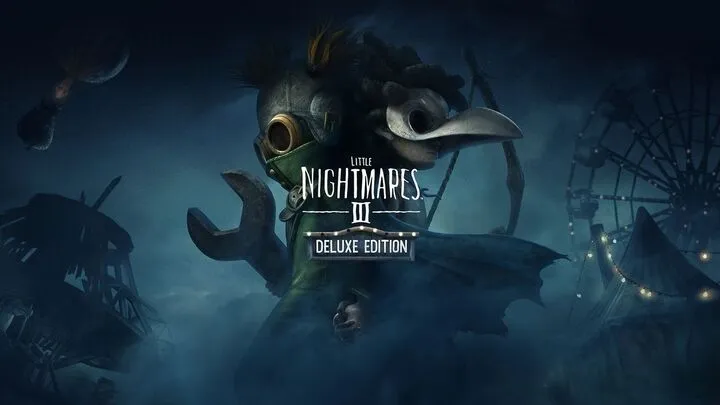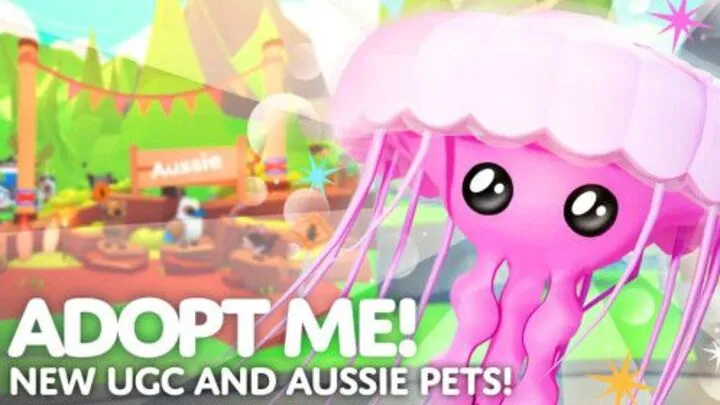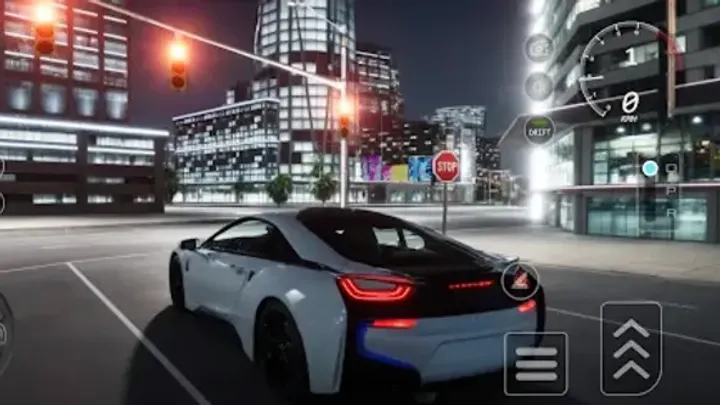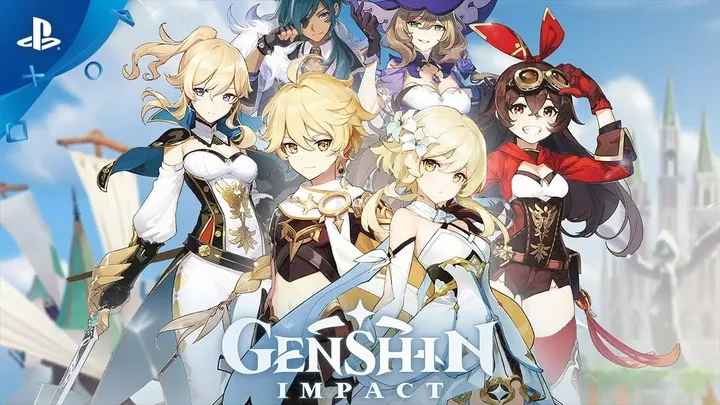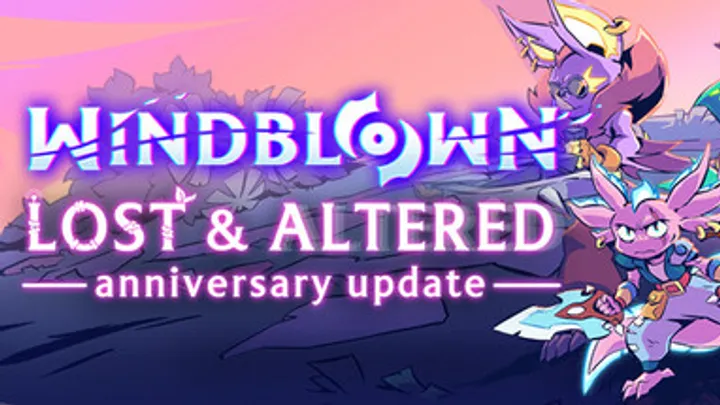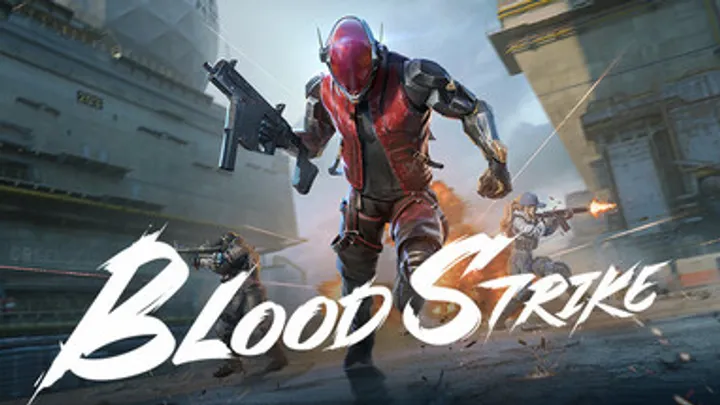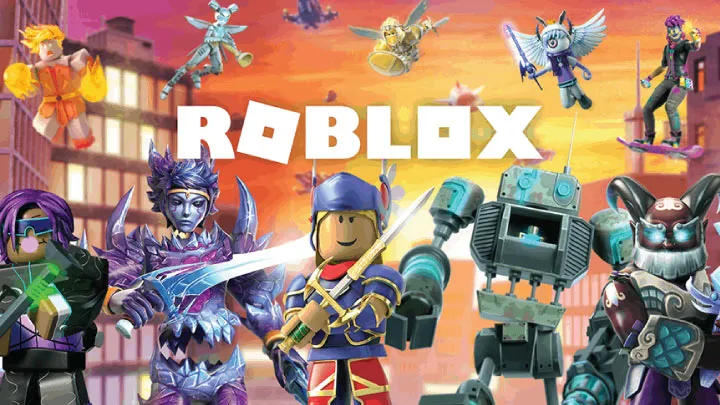
Roblox, a platform for user-generated games and experiences, has become one of the most popular gaming environments since its launch in 2006. With millions of games created by users, it offers players unprecedented levels of creativity and interaction. However, a central issue within Roblox is the evolution of user-generated content (UGC) and how it has transformed player engagement, community dynamics, and the overall gaming landscape. This article delves into the intricacies of UGC in Roblox, exploring its history, impact on gameplay, and implications for the future of the platform.
The Genesis of User-Generated Content
Understanding User-Generated Content in Roblox
User-generated content (UGC) refers to any form of content created by users rather than developers. In the context of Roblox, it encompasses games, assets, and experiences crafted by players using the platform's tools. This democratization of game development allows anyone with creativity and determination to bring their ideas to life, resulting in a vast array of experiences.
Roblox provides a robust development environment through its Roblox Studio, which offers tools for building 3D worlds, scripting game mechanics, and designing characters. This accessibility has encouraged a diverse range of creators, from casual hobbyists to aspiring game developers, to contribute their work to the platform.
The Initial Wave of UGC
When Roblox first launched, the concept of user-generated content was relatively novel. Early games on the platform often featured simple mechanics and rudimentary graphics, but they captured the imagination of players. Titles like "Obby" (obstacle course) and "Tycoon" games became popular, allowing players to create and share their own unique challenges.
This initial wave of UGC laid the foundation for what would become a thriving ecosystem. The simplicity of early games meant that even novice developers could create engaging experiences, fostering a sense of community and collaboration among players.
The Rise of Complex Game Design
Advancements in Roblox Studio
As Roblox evolved, so did the capabilities of Roblox Studio. Enhancements to the development tools allowed creators to implement more complex mechanics, improved graphics, and intricate narratives. This evolution led to an increase in the quality and diversity of games available on the platform.
For example, developers began to integrate scripting languages, such as Lua, to create dynamic gameplay elements. This capability allowed for the development of intricate game mechanics, such as customizable characters, AI-driven opponents, and in-game economies. The introduction of these features marked a turning point for Roblox, as creators could now develop games that rivaled those produced by traditional game studios.
The Emergence of Genre Diversification
The advancements in Roblox Studio facilitated the rise of various genres beyond the early obstacle courses and tycoon games. Players began to experiment with genres like role-playing games (RPGs), first-person shooters, and simulation games. Titles like "Brookhaven" and "Adopt Me!" became cultural phenomena, attracting millions of players and demonstrating the platform's versatility.
This diversification of genres enriched the user experience, allowing players to explore a wide array of gameplay styles. The growth of genres also fostered collaboration among creators, as developers shared ideas, assets, and techniques to enhance their games.
Community Engagement and Player Interaction
The Role of Community in Game Development
The Roblox community plays a pivotal role in shaping the platform's landscape. Creators often seek feedback from players to improve their games, leading to a collaborative environment that fosters creativity. Players may suggest new features, report bugs, or share their gameplay experiences, helping developers refine their work.
Roblox also encourages community building through social features, such as groups and forums. These spaces allow players to connect, share ideas, and collaborate on projects. The sense of belonging fosters a supportive atmosphere, where creators can thrive and innovate.
The Impact of Social Features
Roblox integrates various social features that enhance player interaction. Players can follow their favorite creators, join games together, and communicate through built-in chat systems. This social aspect has transformed Roblox into more than just a gaming platform; it has become a social hub where friendships are formed, and communities are built.
The rise of influencers and content creators on platforms like YouTube and Twitch has further amplified community engagement. Popular Roblox YouTubers showcase their gameplay, provide tutorials, and highlight new games, drawing attention to the creative work of developers. This exposure can lead to increased player engagement and boost the visibility of lesser-known games.
Monetization and Its Effects on UGC
The Introduction of the Developer Exchange Program
In 2013, Roblox introduced the Developer Exchange Program (DevEx), allowing creators to monetize their games through in-game purchases and virtual currency. This initiative incentivized developers to create high-quality content, as they could earn real money from their creations.
Through DevEx, creators can convert Robux (the platform's virtual currency) into real-world currency, motivating them to invest time and effort into their games. This monetization model has led to the emergence of professional developers on the platform, who treat Roblox as a viable career option.
The Rise of Microtransactions
With monetization came the rise of microtransactions within Roblox games. Many popular titles incorporate in-game purchases for cosmetic items, game passes, and premium features. This model has proven lucrative for developers, but it has also raised concerns about accessibility and fairness.
While microtransactions can enhance the gaming experience, they may create barriers for players who cannot afford to spend money. The debate surrounding microtransactions in Roblox highlights the need for balance between monetization and player experience. Developers must consider how their pricing strategies impact player engagement and retention.
The Challenges of Maintaining Quality Control
The Issue of Game Quality
As the number of user-generated games on Roblox has skyrocketed, concerns about quality have emerged. Not all games are created equal, and players may encounter poorly designed experiences that lack polish or engaging gameplay. This inconsistency can lead to frustration and disillusionment among players.
To combat this issue, Roblox has implemented various measures to promote quality content. The platform features a rating system, allowing players to provide feedback on games. Highly rated games receive more visibility, encouraging developers to prioritize quality in their creations.
Filtering Content: The Role of Moderation
Roblox employs moderation systems to filter out inappropriate content and maintain a safe environment for players. This includes monitoring user-generated games, chat interactions, and community behavior. While moderation is essential for ensuring player safety, it can also lead to challenges in balancing freedom of expression and maintaining a healthy community.
Moderation policies have evolved over time, adapting to the changing landscape of user-generated content. Developers must navigate these policies to ensure their games comply with community standards while still allowing for creativity and innovation.
The Evolution of Game Engines and Tools
The Transition to Advanced Development Tools
As Roblox has grown, so has the technology behind it. The introduction of advanced development tools and features has empowered creators to push the boundaries of what is possible on the platform. Improvements in graphics, physics, and scripting capabilities have allowed developers to create more immersive and engaging experiences.
The addition of features such as Mesh Importing and Terrain Generation has enabled creators to design intricate environments that enhance gameplay. These advancements have resulted in a broader range of artistic expression and creativity within the Roblox community.
The Importance of Learning Resources
To facilitate the growth of creators, Roblox has invested in educational resources that help players learn how to use its development tools effectively. Tutorials, documentation, and community forums provide valuable guidance for aspiring developers, enabling them to refine their skills and create high-quality games.
The emphasis on education within the Roblox ecosystem fosters a culture of continuous learning, encouraging players to explore new techniques and improve their game development abilities.
The Cultural Impact of Roblox
Roblox as a Creative Platform
Roblox has transcended traditional gaming boundaries, becoming a platform for creativity and expression. Players are not merely consumers; they are creators, contributing to a vibrant ecosystem of user-generated content. This shift has empowered individuals to explore their ideas and share them with a global audience.
The creative potential of Roblox has led to the emergence of various artistic movements within the community. Players create games that reflect their interests, cultures, and experiences, resulting in a diverse array of content that resonates with audiences worldwide.
The Influence of Roblox on Game Development
Roblox's success has inspired other platforms to explore user-generated content and community-driven experiences. The platform's unique approach to game development has highlighted the potential for collaboration and creativity in the gaming industry. As more developers recognize the value of player-driven content, we may see a shift in how games are created and experienced.
The influence of Roblox extends beyond gaming, impacting education, art, and social interaction. The platform has served as a model for how digital spaces can foster creativity and community, inspiring future generations of developers and creators.
The Future of User-Generated Content in Roblox
Anticipating New Trends
As Roblox continues to evolve, the future of user-generated content looks promising. The platform's commitment to innovation and community engagement suggests that we can expect new features and enhancements that further empower creators.
Emerging technologies, such as virtual reality (VR) and augmented reality (AR), may also influence the future of Roblox. As these technologies become more accessible, developers may explore new ways to create immersive experiences that blur the lines between reality and gaming.
The Role of Community in Shaping the Future
The Roblox community will play a critical role in shaping the future of user-generated content. As players continue to provide feedback and share their experiences, developers will adapt to meet the evolving needs and preferences of the community.
The ongoing dialogue between creators and players will be essential for fostering a vibrant ecosystem that encourages innovation and collaboration. By working together, the Roblox community can continue to push the boundaries of creativity and redefine the gaming landscape.
Conclusion
The evolution of user-generated content in Roblox has transformed the platform into a dynamic and engaging environment for players and creators alike. The interplay between creativity, community, and technology has shaped a unique ecosystem that empowers individuals to express themselves and share their ideas.
